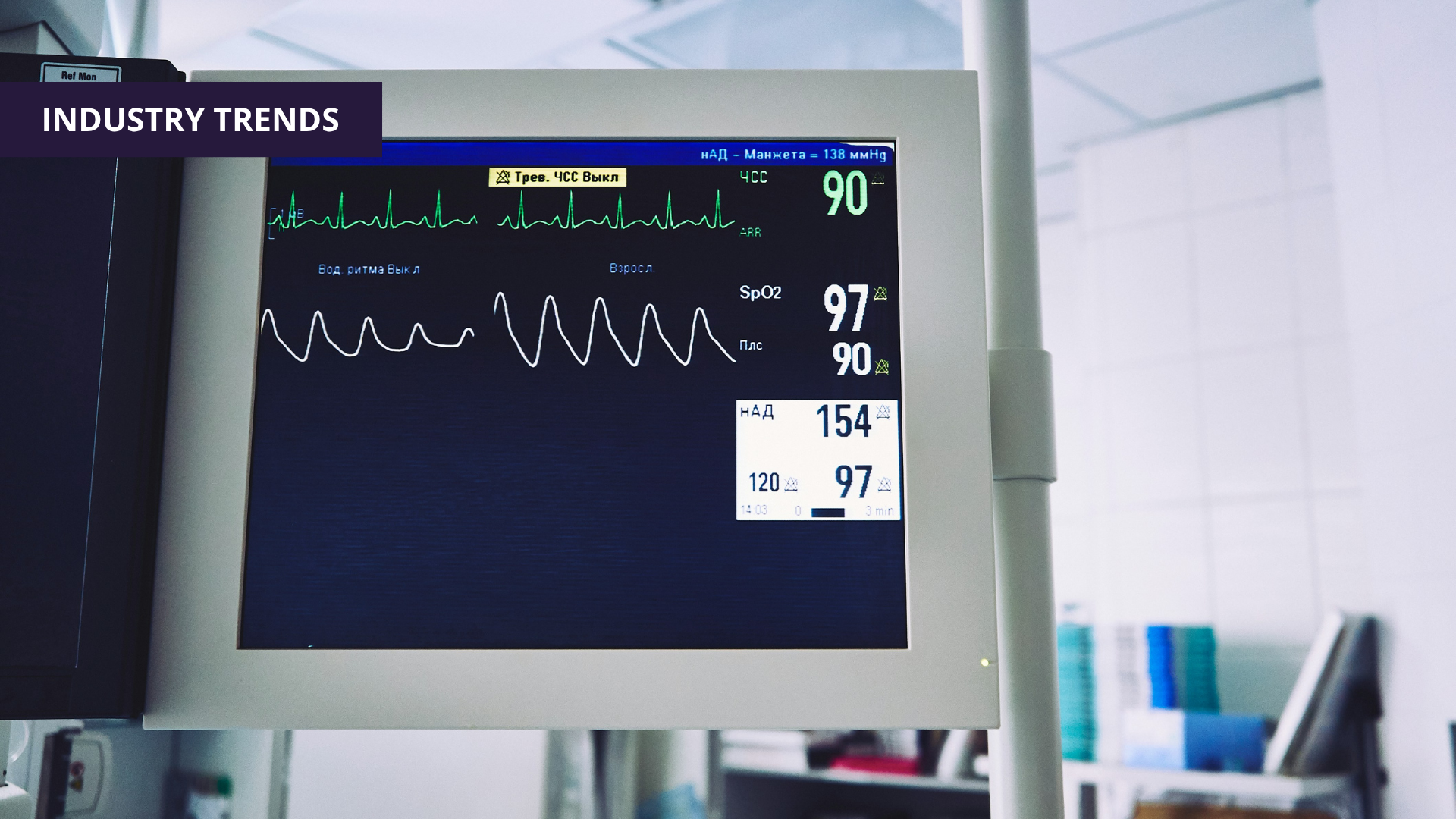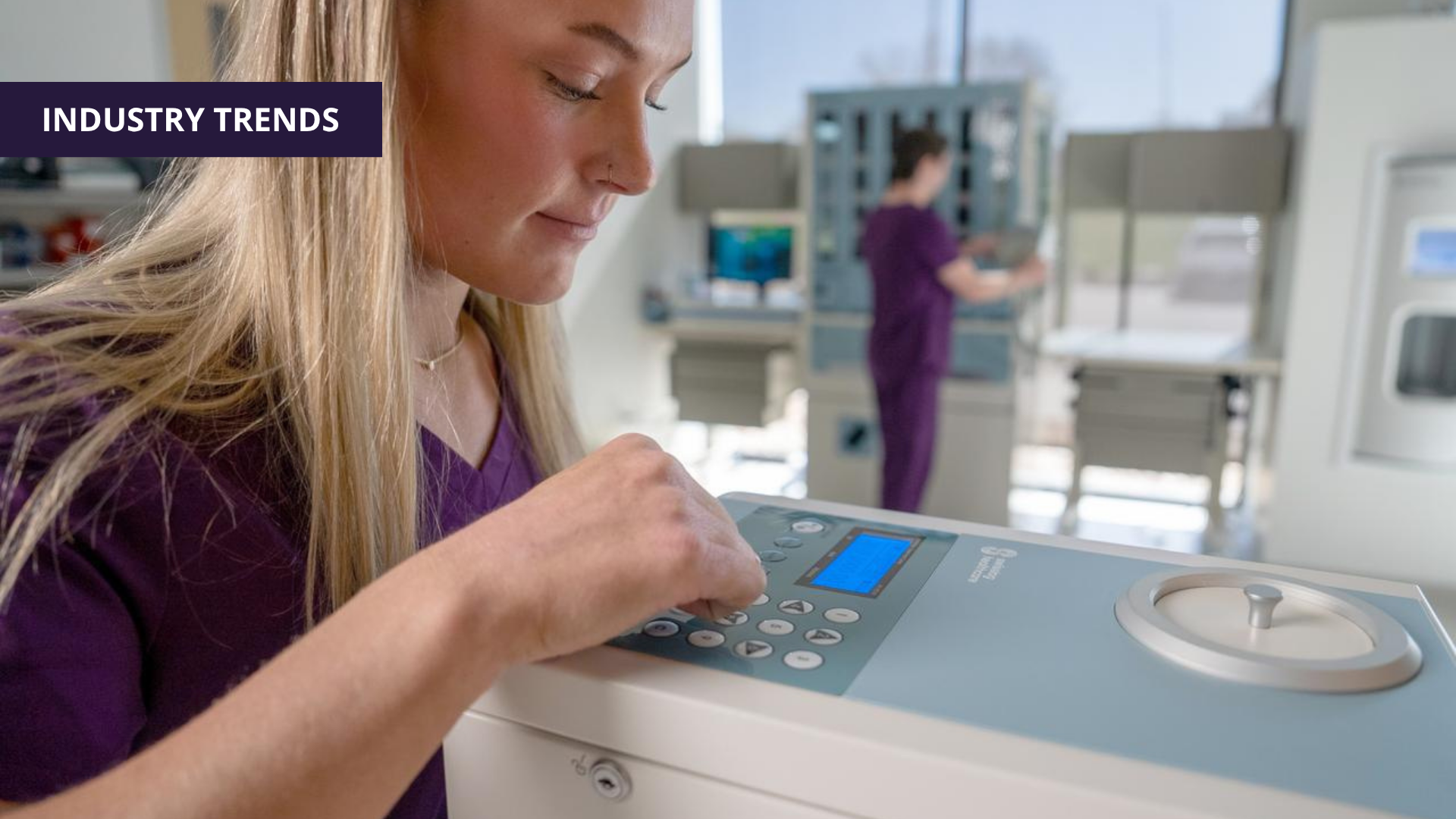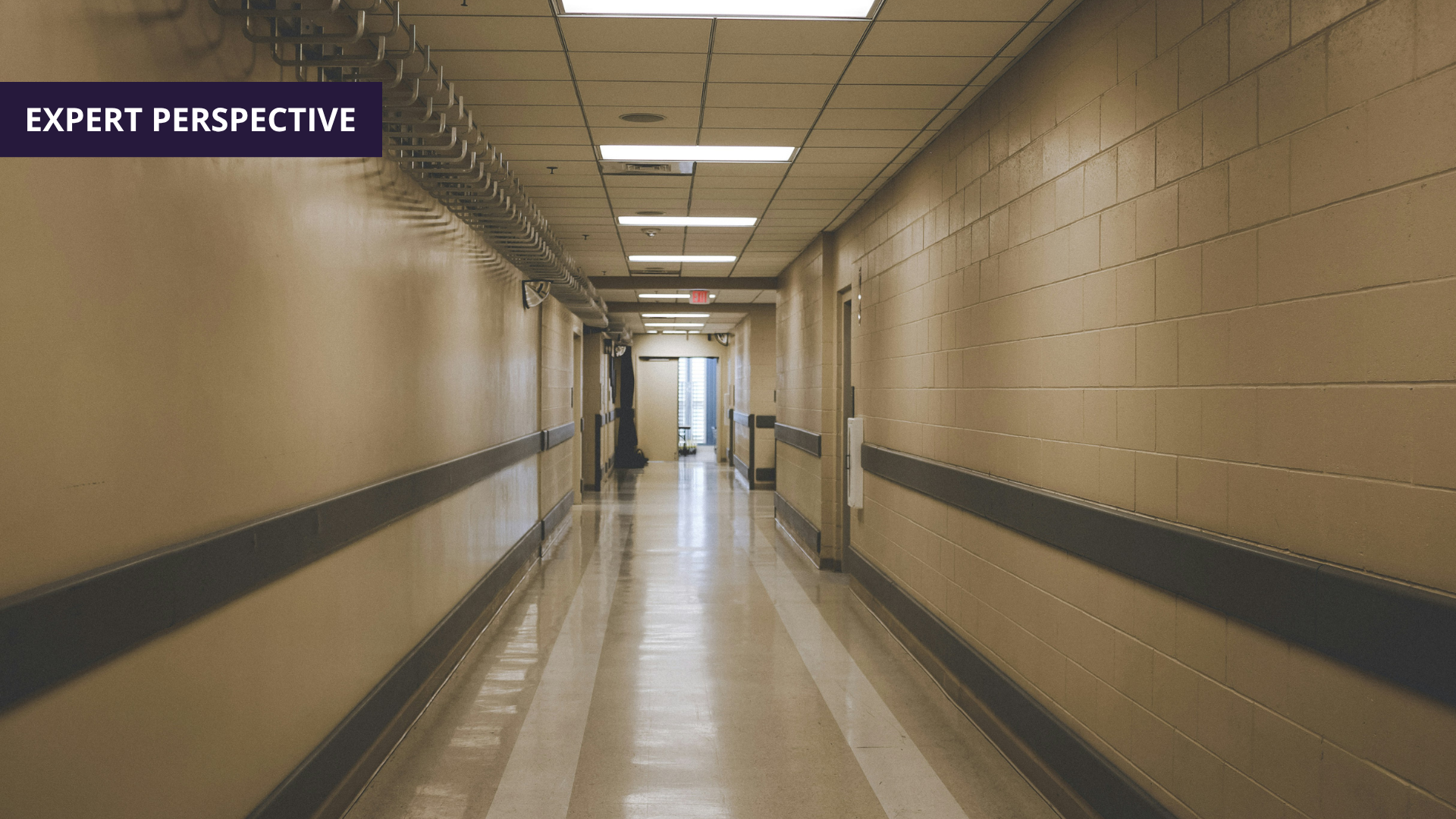A Small Study Shows The Tangible Benefits of Pharmacy Automation

Innovation Through Pharmacy Automation
Healthcare is an ever-evolving landscape that faces myriad challenges. On one end, healthcare institutions must adhere to a all federal, state, and local regulations, on the other they must administer life-saving care – all while turning a profit. With that in mind, investment in healthcare automation technologies have become a pivotal approach in enhancing efficiency, limiting liability, and improving patient care. According to the National Institutes of Health (NIH), one such advancement of note is the implementation of automated robotic prescription-filling devices in community pharmacies. To explore the impact this can have, let’s delve into a study conducted at an independent community pharmacy in rural Mayville, WI.
How Does Pharmacy Automation Impact Workflows?
Published by the Junior American Pharmacy Association, the primary objective of the Mayville study was to investigate changes in the workflow of pharmacy technicians after the introduction of an automated robotic prescription-filling solution. The study notes that understanding the sequences, the timing of workflow steps, the frequency of workflow interruptions, the occurrence of automation surprises, and the use of workarounds was the primary focus.
It should be noted that the study was conducted in a community pharmacy setting, thus we can reasonably ascertain that the impact of a similar technology in a hospital that fills thousands of medications per day would be equally – if not more – dramatic in the efficiency gained. Nonetheless, pharmacy technicians were observed both before and three months after the implementation of the pharmacy automation device. The observations aimed to capture a comprehensive picture of the workflow, including:
- Sequences and Timing of Workflow Steps: Detailed tracking of each step in the prescription-filling process.
- Workflow Interruptions: Instances where the normal workflow was disrupted.
- Automation Surprises: Unexpected issues or challenges arising from the use of the robotic device.
Note: A total of 77 observations were made before the installation, and 80 observations were made three months post-installation.
Noteworthy Findings On The Impact of Automation:
The impact of pharmacy automation technology can have depends on the size of the healthcare facility, and even how the approach to intrahospital drug delivery is engineered. Yet, even in less operationally intensive settings the impact of automation still presents a tangible effect. Here is what the study discovered:
Increased Workflow Sequences: Before the installation of the robotic device, 17 different workflow sequences were observed. This number increased to 38 different sequences after the installation. This increase suggests that the introduction of the robot added some complexity to the workflow, requiring technicians to adapt to new processes. However, this process can be addressed with proper training.
Reduced Prescription Filling Time: The average time taken to fill a prescription was reduced by 40 seconds with the use of the robotic device. This reduction highlights the potential of automation to enhance efficiency in the prescription-filling process.
Insignificant Workflow Interruptions: The frequency of workflow interruptions per observation increased from 1.49 to 1.79. Although this increase was not statistically significant (P = 0.11).
The findings of this study present a nuanced view of the impact of robotic pharmacy automation and its impact on pharmacy technician workflow. Certainly, the reduction in prescription filling time underscores the efficiency benefits of automation which in turn allows providers to spend more time with patients – which is especially important as treatments become increasingly sophisticated – and allows pharmacies to be more flexible with staffing. However the increase in workflow interruptions and workarounds points to potential challenges that can be addressed through additional training. The study also fails to address the likely improvement in prescription filling accuracy that comes with investment in automated pharmacy solutions.
Pharmacy Automation: A Worthwhile Long Term Approach
The implementation of automated robotic prescription-filling devices in community pharmacies holds great promise for enhancing efficiency and accuracy. However, this study reveals that the transition to automation is not without its challenges. The increase in workflow interruptions and workarounds indicates that the integration of such technology requires a thoughtful calculated approach to implementation, pharmacy organization, and training.
To fully realize the benefits of automation, it is essential to continuously assess and refine workflow policies and procedures, as well as prepare for future shifts in pharmaceutical advancements, drug delivery demand, labor, medication supply chains, and more. By identifying and addressing the sources of interruptions and workarounds, pharmacies can optimize the use of robotic devices and create a more seamless and secure workflow for their technicians and pharmacists alike.








